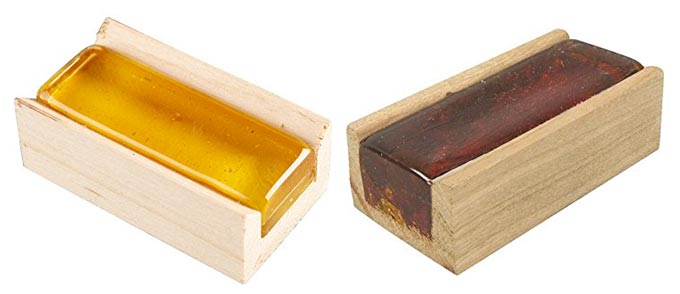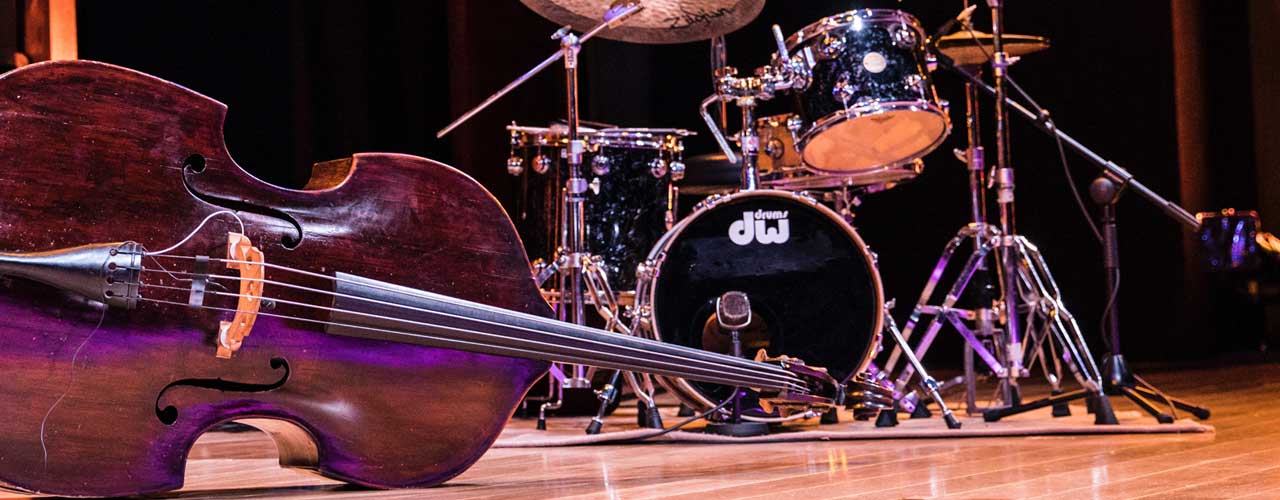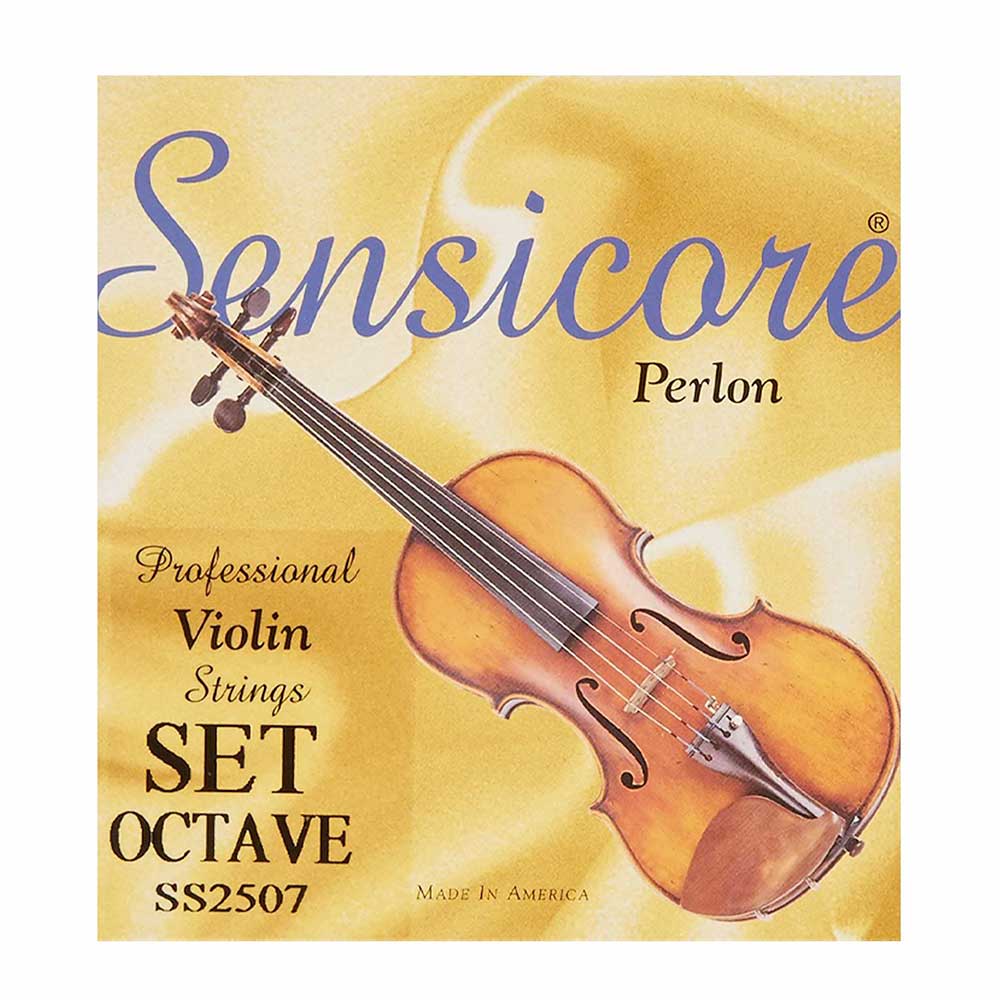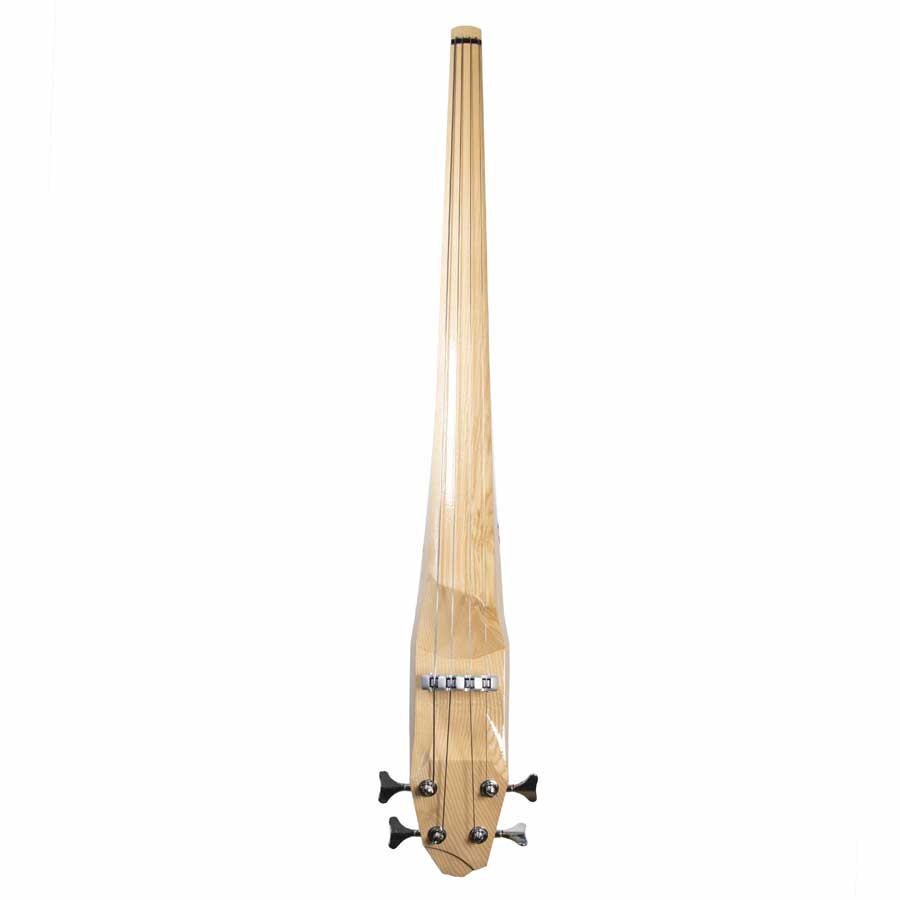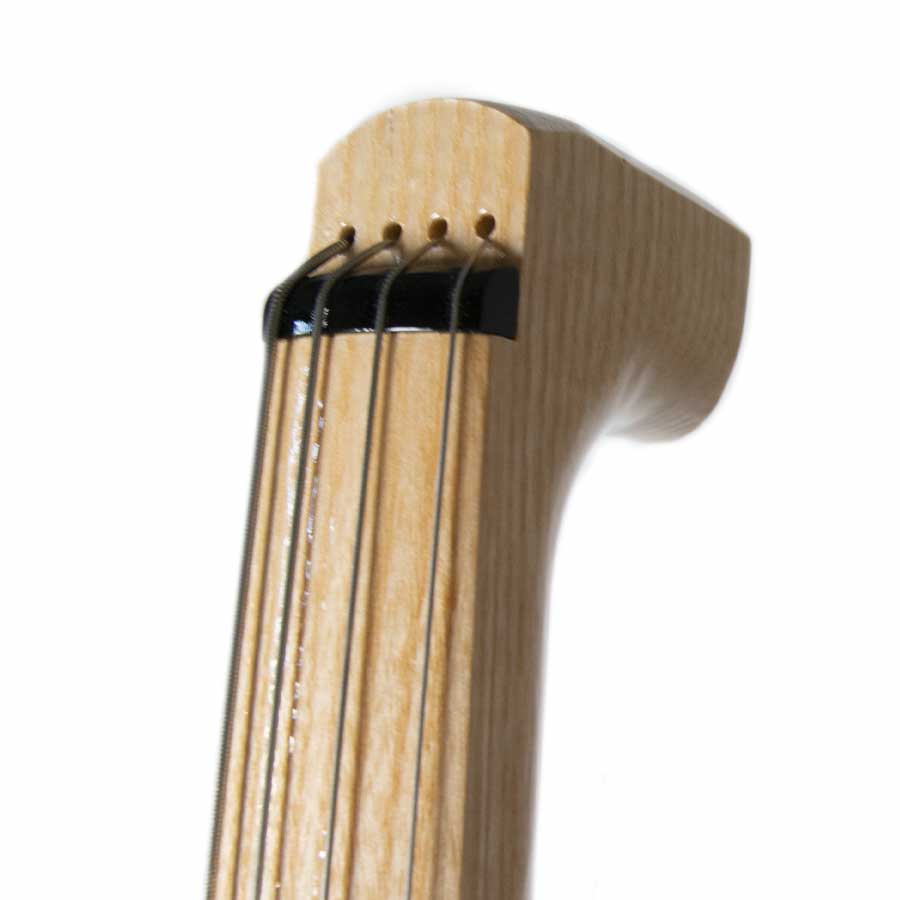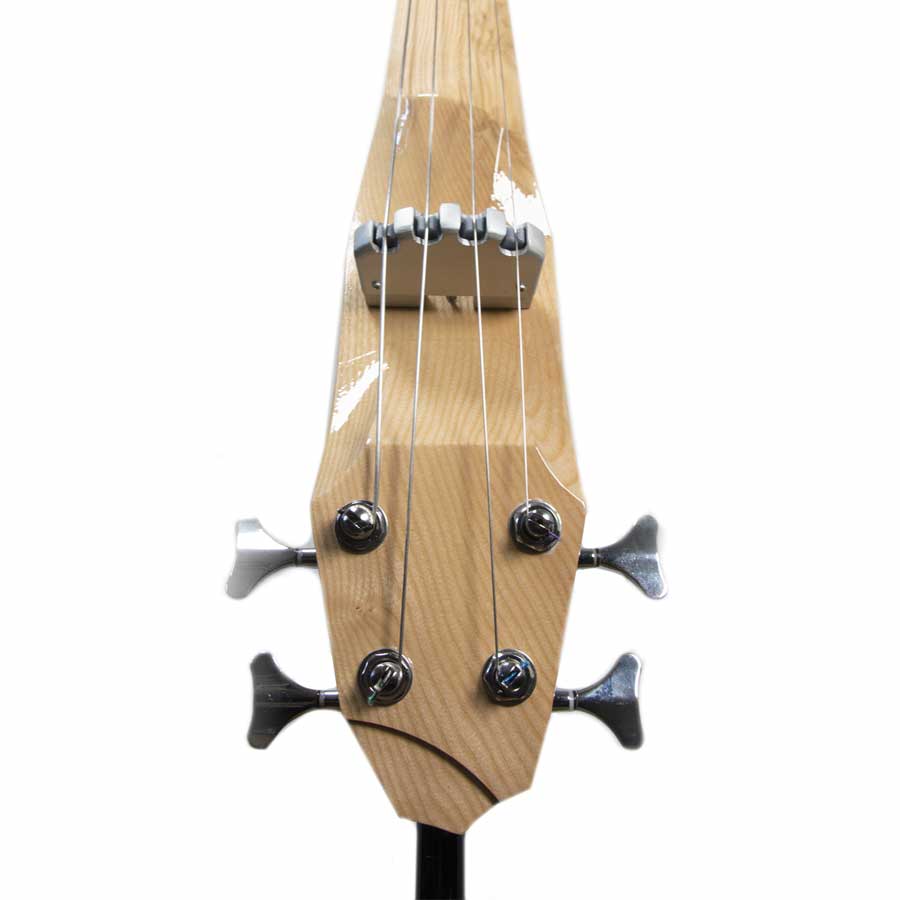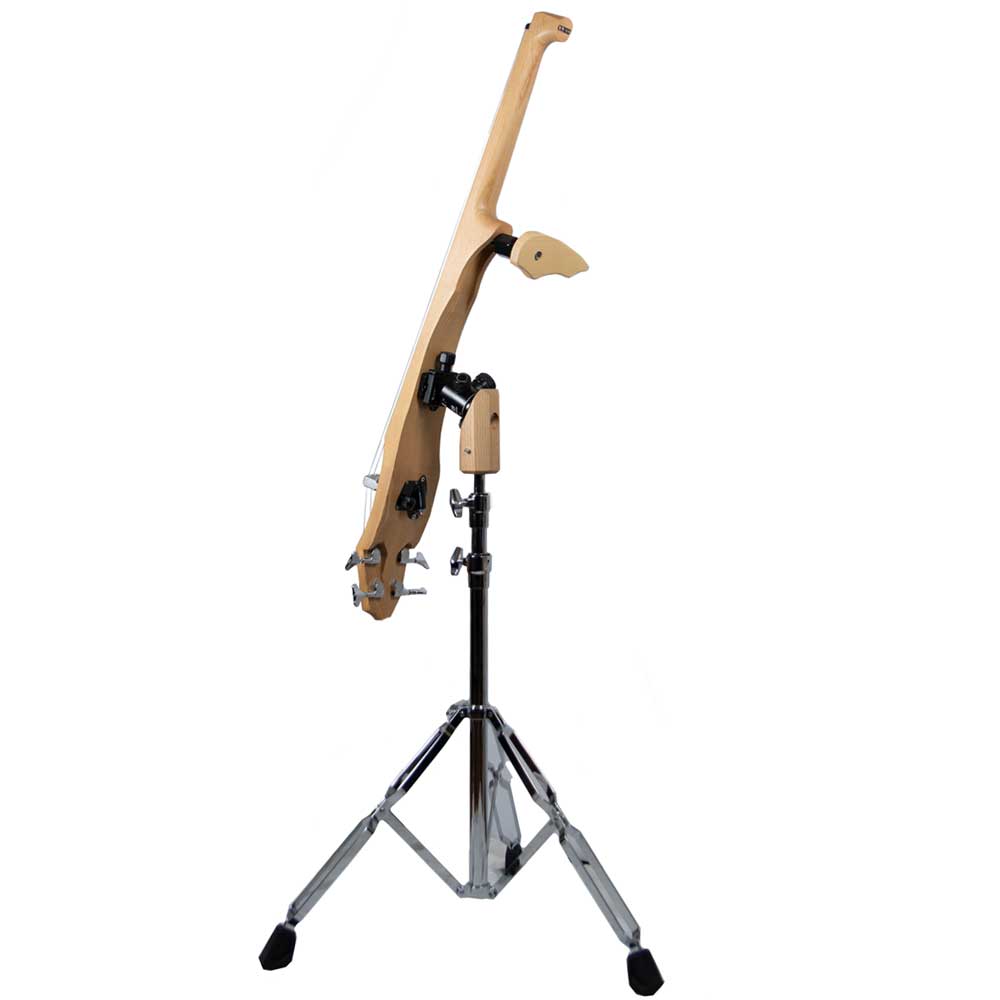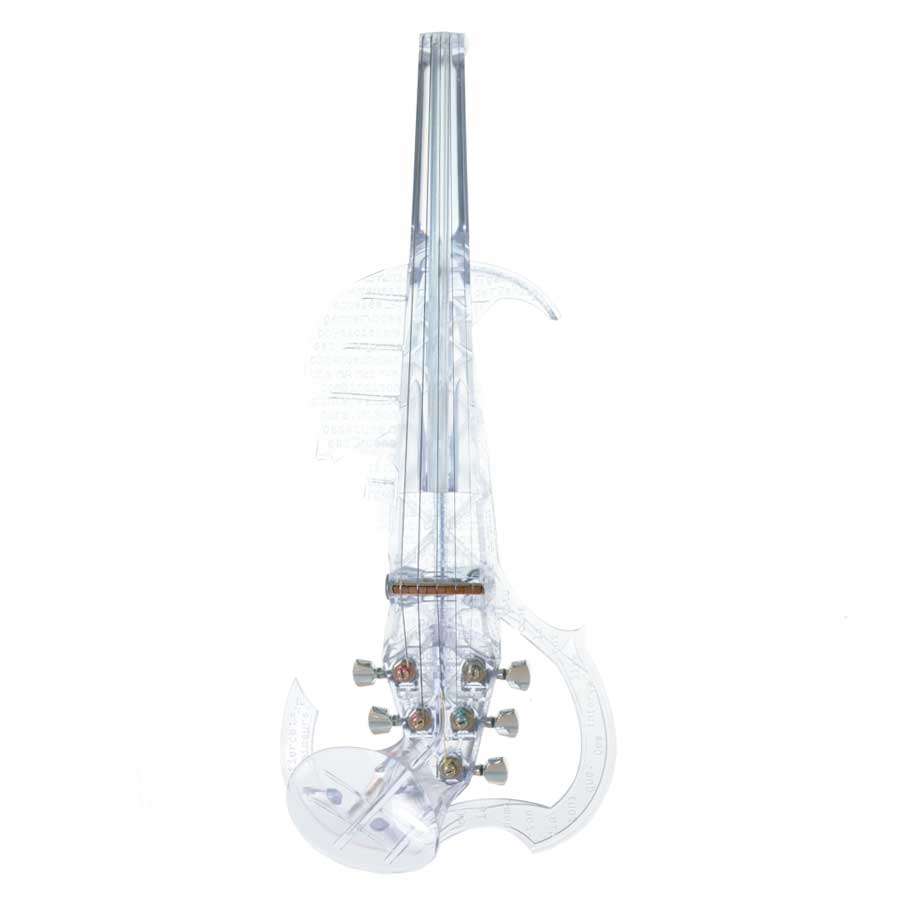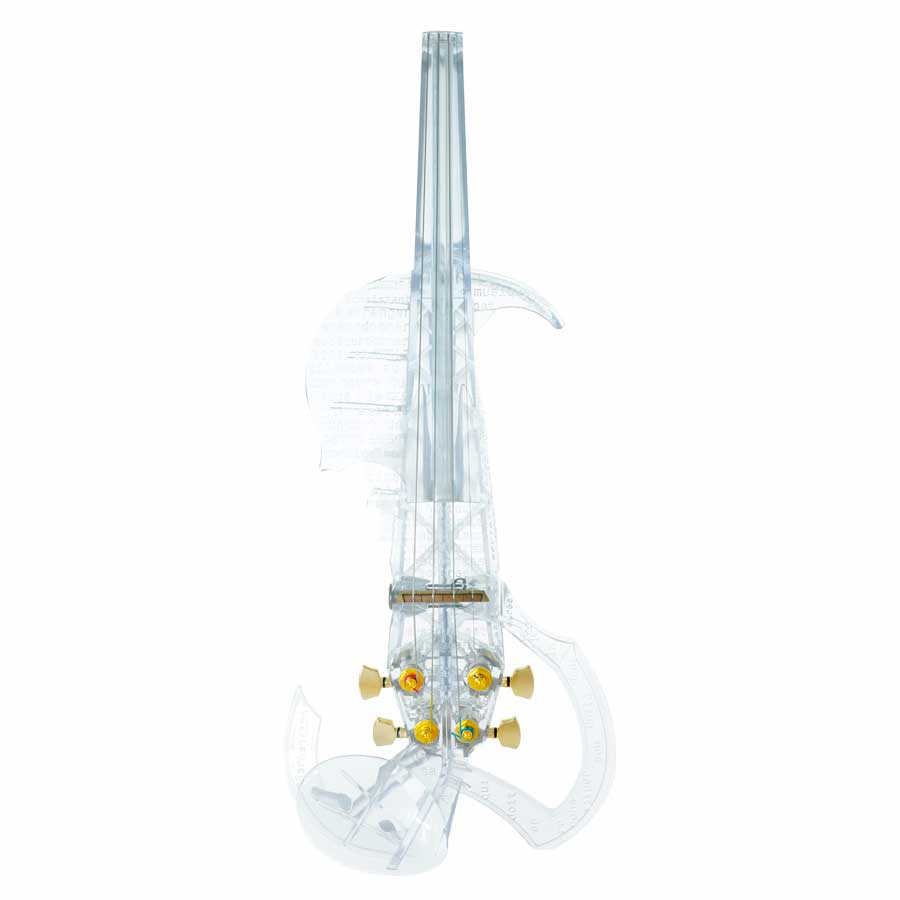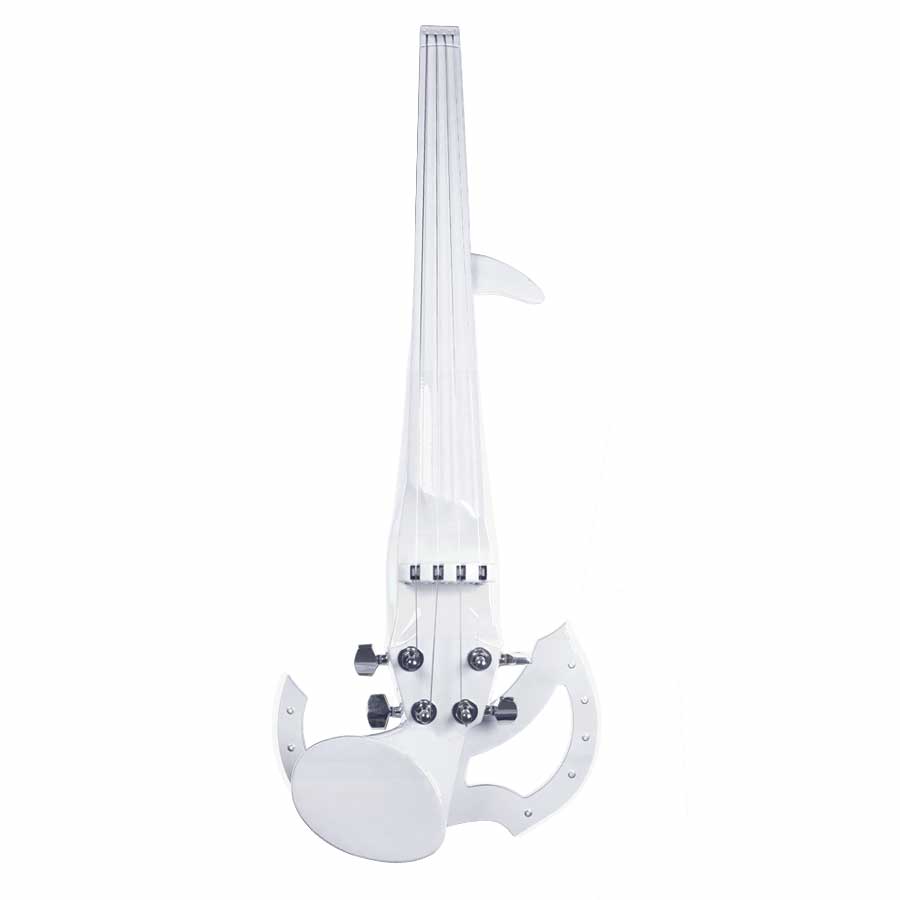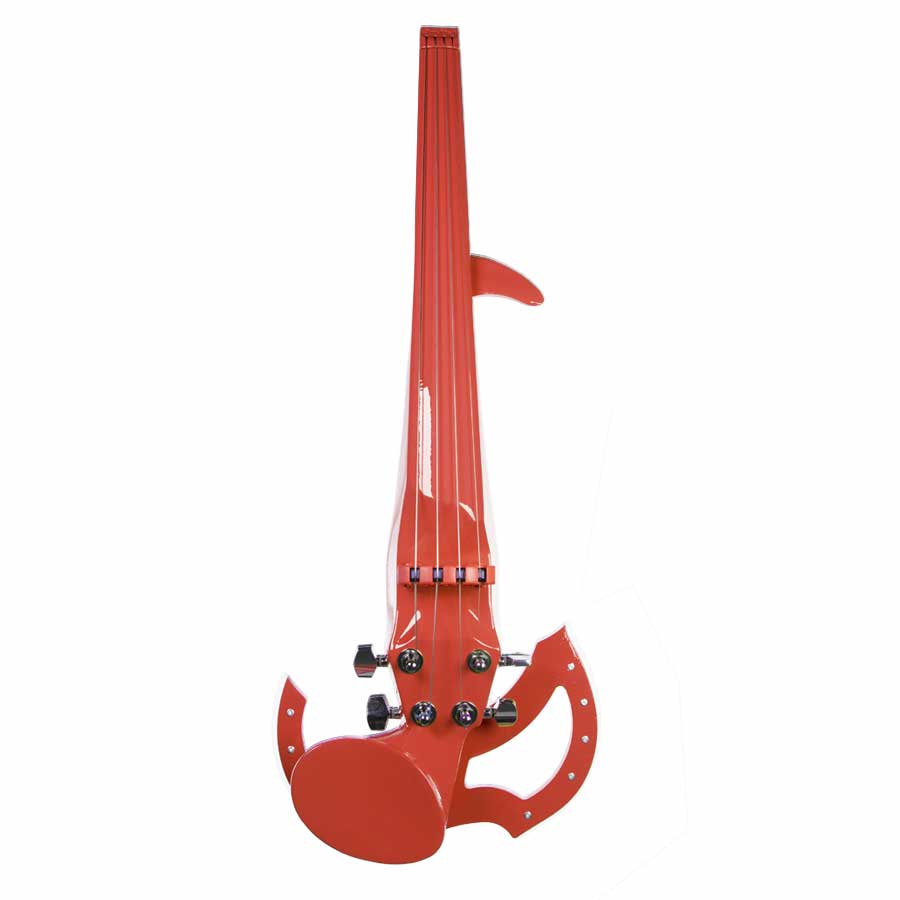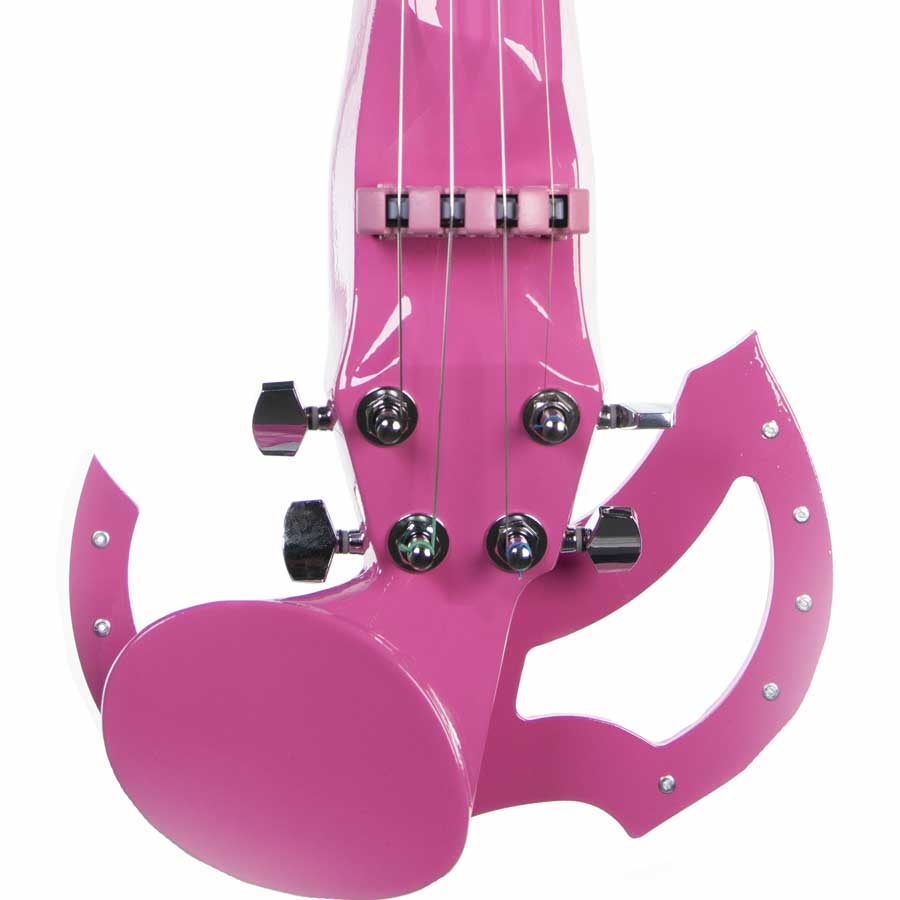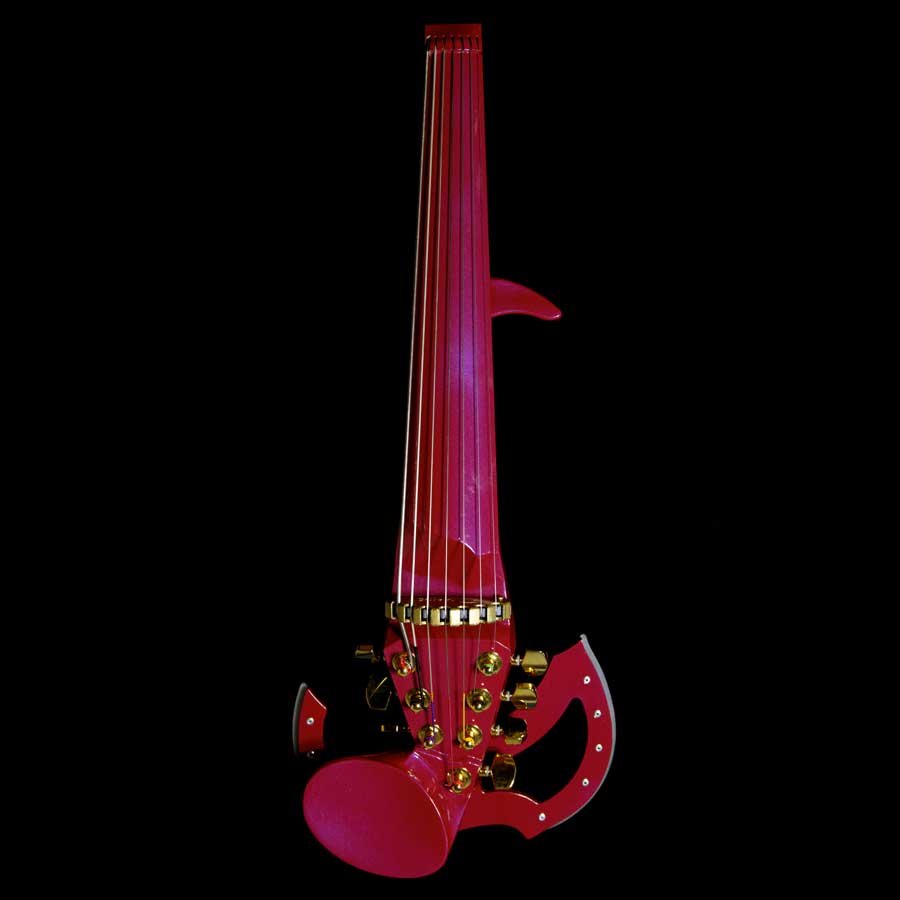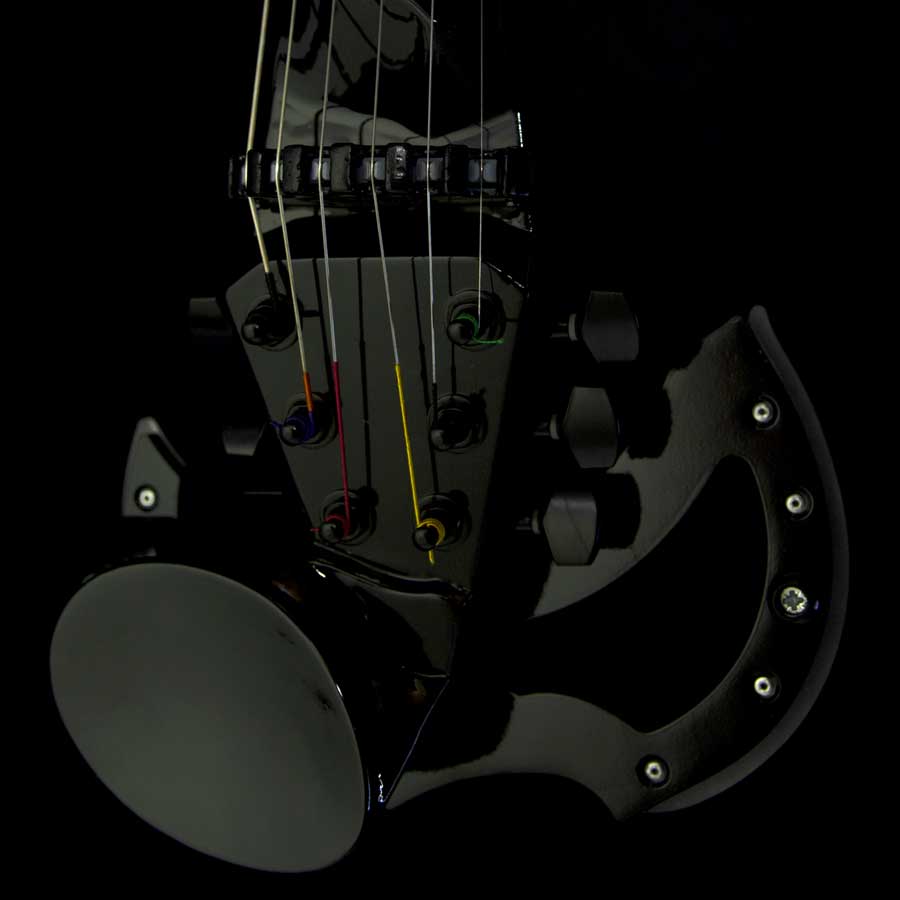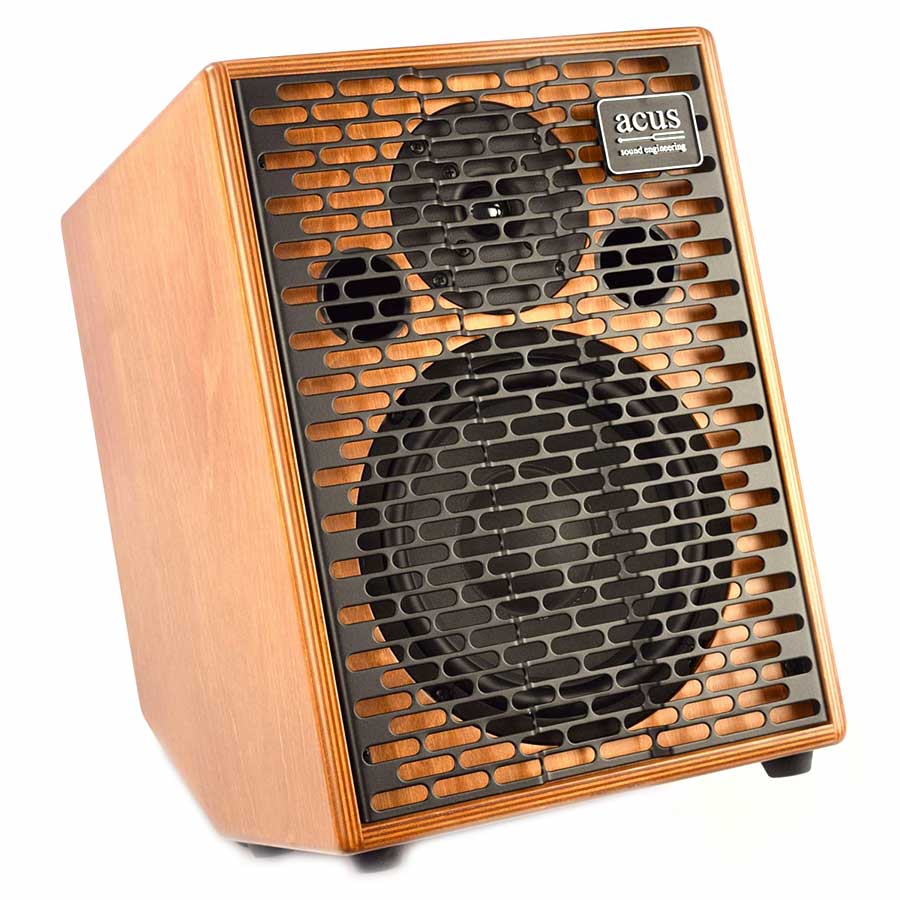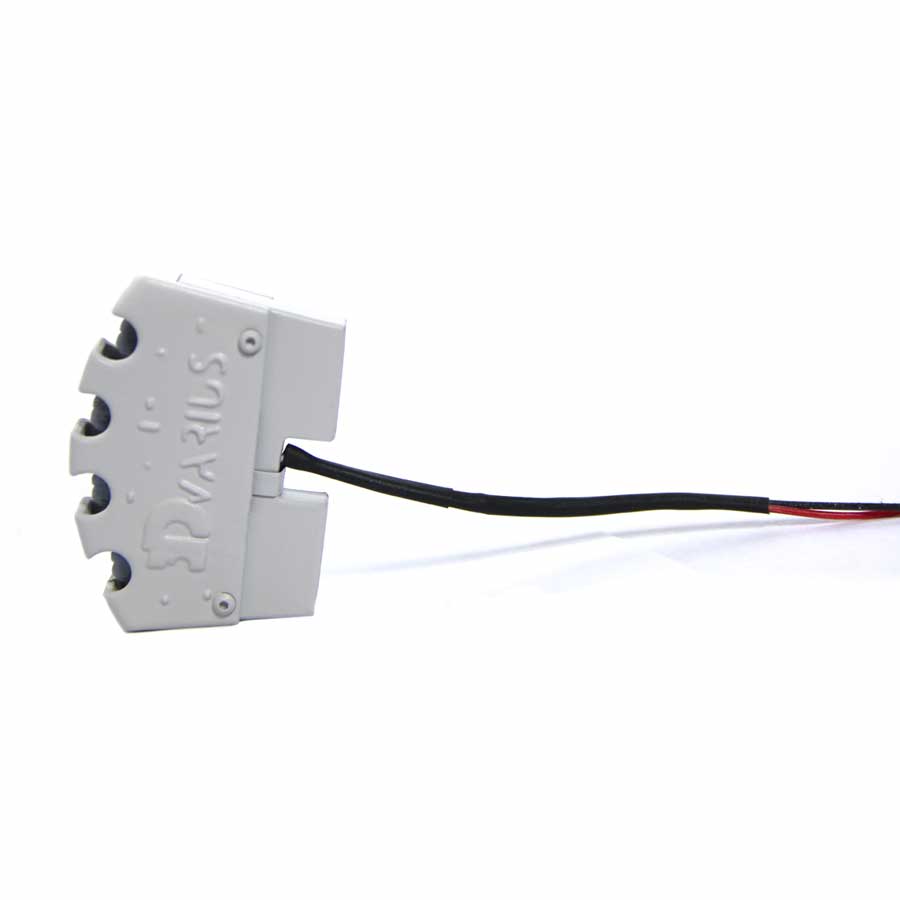What is violin rosin?
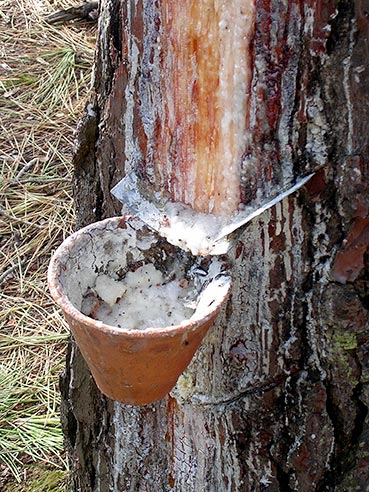 Rosin – also called colophony – is a solid material obtained from the distillation of the oleoresin collected from resinous trees. This oleoresin is a thick liquid that is collected from resinous trees such as pines through a process called pine-tapping. Oleoresin is commonly referred to as the sap that flows from a tree.
Rosin – also called colophony – is a solid material obtained from the distillation of the oleoresin collected from resinous trees. This oleoresin is a thick liquid that is collected from resinous trees such as pines through a process called pine-tapping. Oleoresin is commonly referred to as the sap that flows from a tree.
In France, the Landes region was for a long time the leading European producer of rosin thanks to its large softwood forests. However, as a result of heavy competition, particularly from Portugal and Spain, pine-tapping in the Landes region has largely disappeared.
It is worth noting that rosin production is an international activity. Any country can produce rosin, which is why you can find rosin from almost everywhere in the world. However, the quality of the rosin varies from one region to another. It is determined by the type of oleoresin produced by the resin trees, as well as the harvesting and manufacturing methods involved.
Nowadays, the main rosin producing countries are China, Portugal and Brazil.
What is the purpose of applying rosin on a violin? Why is it so important?
Rosin is essential for any bowed string instrument such as the violin or cello. It plays a crucial role in the production of sound on any of these instruments. The gum-like substance in rosin is applied to the bow in order to generate friction between the strings and the bow. It improves the resonance of the instrument. Without rosin, the bow’s bristles would slip and wouldn’t be able to rub the strings with enough friction to produce a sound. The player must therefore rub his rosin block on the bow’s bristles to coat them with rosin dust. This gives the bow’s bristles an actual grip on the strings, which in turn leads to sound production.
The amount of rosin used on the strings can have a significant impact on the tone, durability and projection of the sound
What instruments use rosin?
Rosin is crucial for any bowed string instrument. If the instrument produces a sound by means of a bow being rubbed over the strings, rosin is essential. A few examples are violins, violas, double basses, cellos, nyckelharpas, violas d’amore, etc. There are also some exceptions for instruments that do not use bows, such as hurdy-gurdies.
Rosin is useful for both classical and electric instruments. It is used for both acoustic and electric violins. There is no difference between the two instruments in this respect; whether the instrument is acoustic or electric, rosin must be applied to the bow.
Rosin is therefore essential for playing the violin, the viola or any other bowed string instrument, whether it’s acoustic or electric!
What are the origins of rosin?
The History of rosin
The term colophony (aka rosin) comes from Colophon, an ancient Greek city located in Anatolia (now Turkey) where rosin was produced in abundance. Rosin has been used for centuries in a wide range of activities. This sticky substance obtained from resinous trees can be used to produce glues, varnishes, adhesives, oils, pharmaceuticals and even cosmetics. One example is the resin handball players use on their hands to hold the ball. This resin, also referred to as “glue”, uses rosin.
In music, it became essential when the first bowed string instruments appeared, notably vielles and violas da gamba. Today, it continues to be used daily by violinists, violists and cellists.
How is rosin made?
Rosin is a solid by-product of the distillation of the oleoresin obtained from resinous trees such as the pine. There are several stages involved in its production:
- Harvesting
- Purification
- Distillation
- Cooling
Oleoresin is harvested from softwood trees using the so-called pine-tapping technique. This method consists of carving a notch in the tree to facilitate the harvesting of the resin. The resin then slowly flows into a container that is attached to the tree. At this stage, it looks just like a soft, sticky paste.
The resin collected from the trees is then purified to remove any remaining organic debris it may contain.
The resin now contains rosin and turpentine. At room temperature, it is fairly hard and brittle. When heated, it softens and becomes fluid around 212 °F (100°C).
Distillation is a process by which elements from the homogeneous mixture become separated. By heating and distilling the collected resin, two different products are obtained: rosin and turpentine.
After being distilled, rosin must be dried in order to become a solid residue. Its colour may range from a transparent light yellow to an opaque black depending on the distillation process applied, on the resin involved and on any additives that may have been used. It is then given a particular shape depending on its final retail use. When used for music, it usually comes in the form of a solid rectangular or round block.
Rosin and music
How to choose your rosin?
When it comes to rosin for musical instruments, there are dozens of brands and choices. And there’s no secret to it! It is by experimenting with different rosins on your bow and strings that you will find what you are looking for!
How it feels may depend on the type of strings you use: gut strings, synthetic strings or metal strings. It can also depend on the quality of the bristles of your bow and of course on the quality of the rosin.
Beginners will find that entry-level rosin is more than enough. As you improve, you can experiment with other kinds of rosin. Generally speaking, the more a rosin adheres to the bristles, the better grip it has on the strings and the easier it is to produce sound. The goal is to have control over the sound that is produced with the bow and its loudness. Conversely, some rosins are excessively sticky and will impede the friction between the strings and the bow.
What are the differences between lighter and darker rosins?
Typically, light rosin is harder and creates a “softer” sound. It is often preferred by violinists and violists. On the contrary, dark rosin is “softer and stickier”. It is often preferred by cellists and double bassists.
The colour of the rosin is affected by the temperature used during the distillation process, the resin itself and if there are any additives. Each brand has its own manufacturing formula which will result in different rosins. Note that additives are sometimes added during the manufacturing process and that they can alter the final colour. This completely distorts the outcome and can be misleading for the consumer!
Tips for choosing a rosin
All rosins will affect the sound generated, even if the difference in the sound may not be very noticeable. However, it is often the sensation during bow movements that is particularly important. Remember that generally:
- When it comes to steel strings, hard rosin is the best choice. These strings lack flexibility and a hard rosin can facilitate the vibrations. On the other hand, synthetic strings and especially gut strings are more flexible, soft rosin is more suitable to obtain a good resonance.
- Larger string diameters are harder to make vibrate. A sticky rosin will therefore have more grip. This is relevant for cellists and double bassists who rely on large diameter strings. However, violinists playing electric violins with extended ranges (more than 4 strings) have a tendency to prefer hard rosin. Since it adheres more, it makes it easier to generate vibrations on the F and B-flat strings (these strings have a larger diameter).
- The darker the rosin, the more resistant it is to heat. This factor may be relevant if you live in a tropical country.
- Rosin dust can cause allergies. If you are allergic to rosin, please note that there are also hypoallergenic rosins.
How to apply violin rosin on your bow?
You should apply rosin to your bow before every playing session. This simple gesture should become automatic for any bowed string instrument player.
- Tighten your bow as you normally would.
- Hold the rosin with your left hand and the bow with your right. Then apply rosin to the entire bow without pressing on the bristles. Simply slide your bow back and forth over the rosin. An even application on the bristles ensures a steady sound. Be careful not to apply too much rosin, as this is unnecessary and may clog your bow. Limit yourself to one or two applications on the bow. If you are not sure how much to put on, simply test your bow on your strings.
- If the bow is new, apply a little more rosin. If the rosin is new, it may be more difficult to apply to the bow. In this case, allow yourself a couple more swipes.
How often you apply the rosin depends on the desired grip. If you feel that the grip is weaker, it is time to reapply some rosin.
How long does a rosin block last?
Manufacturers’ boxes generally state that a block of rosin will last for one year. We sometimes use them for even longer. You don’t have to replace it as long as the playing sensation is the same for you.
How to clean the rosin Dust build-up on your violin?
As you play, rosin residue will accumulate on the body of your instrument and a fine layer of white dust will appear. It is best to clean your violin from time to time to prevent damage. Rosin can damage the protective varnish covering the body of your violin. To do this, simply use a soft, dry, clean cloth and dust off the rosin dust.
Sources and images: Wikipedia & Giphy, Catalin Balta

